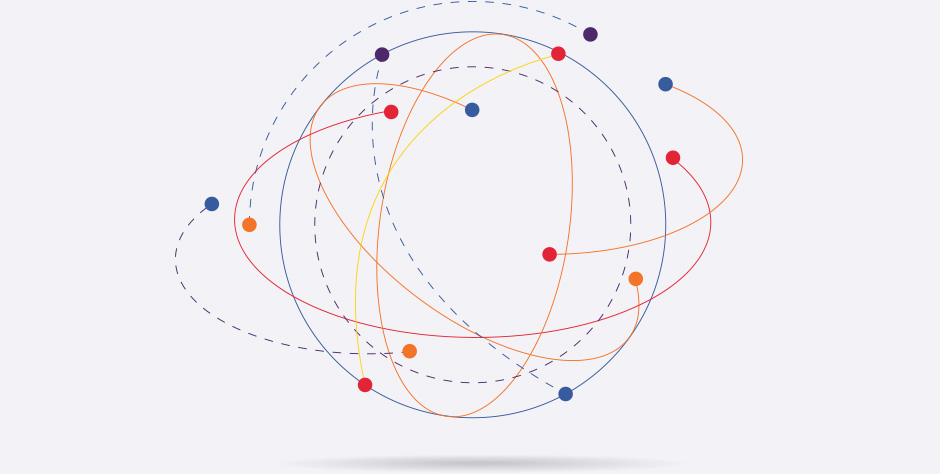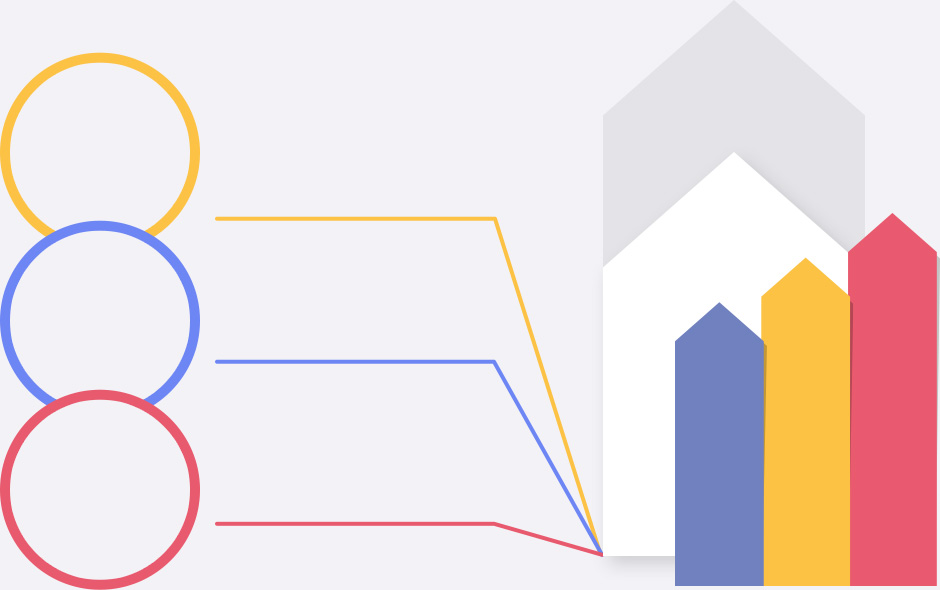DT Strategy & Planning
BlockChain Research Areas
We establish strategies and
operate research processes to
lead the financial industry DT.

Intro
Recent advancements in AI technology are gradually expanding the range of tasks that can be handled by AI, and person-to-person interactions are being replaced by online and contactless processes. This has led to the creation of many services, and the disappearance of existing ones. As such, the latest changes in the digital environment demand that companies change and take on new challenges. This change is rapidly being applied to the financial industry through the adoption of consumer-centric technologies.
What is Digital
Transformation?
If so, how do businesses create new competitiveness in a changing digital landscape? In recent years, domestic and international companies have been leveraging digital technologies such as AI, big data, and cloud computing to improve existing business tasks and processes, enhance the value provided to customers, and enhance efficiency to thereby cultivate new areas of innovation and business. This is known as “digital transformation.”

The accumulation of vast amounts of data and the enhancement of computer functions are enabling increased utilization of AI and big data in the financial sector as well. This shortens decision-making time, automates transactions, improves risk management capacity, and increases profit through lower operating costs and higher productivity. In addition, the quality of financial services is improved through the adoption of new financial products or launching of tailored services customized to each individual client. With the emergence of online specialized banks and challenges taken up by mobile payment service providers in a rapidly changing financial ecosystem, existing financial companies are also focusing on the creation of new competitiveness using digital technology. It is becoming increasingly important to select the right technology for each application area and situation, and to ensure reliability and stability in the midst of a rapidly changing AI environment.
Future Research
HIT’s DT Lab aims to lead in the introduction of AI to the financial industry through research planning and strategy formulation, and contribute to HFG’s digital transformation.

Lead in the introduction of AI
to the financial industry
- Digital Transformation
- 01 Business
- 02 Process
-
03
Service
& Product
Technology
Trend analysis
-
· Research AI technology market trends and
direction setting -
· Analyze the financial industry environment
and AI trends -
· Analyze financial business and related
services
Technology
Strategy
-
· Technology roadmap research and task
planning -
· Analyze and research economic and
industrial impact of technology
Establish
strategy and
Operation
-
· Establish mid- to long-term vision and
strategies -
· Manage research performance and support
diffusion within HFG - · Internal and external branding planning
First, we analyze AI technology trends. We study the trends in digital technology, including AI and big data, which are evolving every day, and research best practices of financial companies that have achieved significant results. We also analyze the financial industry environment and digital-based services to foresee how finance will evolve in the future with the application of technology. Second, we plan technology tasks around HIT’s Technology Roadmap, and predict how the technologies we are researching today will impact HFG’s generation of profit or expansion of customer base in the future. To perform this research, we utilize a variety of tools such as Technology Roadmap Methodology and technology economic analysis. Third, we strive to lead digital transformation as HFG’s technology research organization through the establishment of mid- to long-term strategies and performance management. We will improve the research environment and infrastructure in various ways to produce excellent research results and disseminate the results efficiently to HFG. This will enable us to grow into a world-class research institute leading AI technology in the financial industry.
